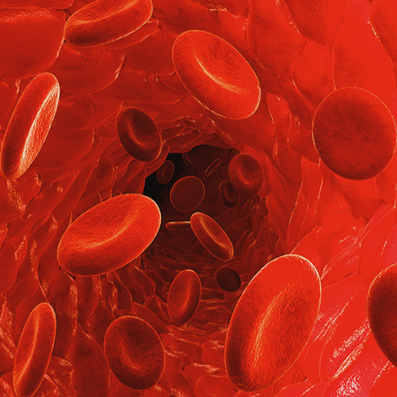
Researchers at the University of Iowa built a remote control to manage diabetes. Exposure to electromagnetic fields (EMFs) for relatively short periods reduces blood sugar and normalizes the body’s response to insulin. The effects are long-lasting, opening the possibility of an EMF therapy that can be applied during sleep to manage diabetes all day. EMFs changes the balance of oxidants and antioxidants in the liver. The body’s response to insulin is improved. Small reactive molecules seem to function as magnetic antennae.
They tested on human liver cells with EMFs for six hours and showed that a surrogate marker for insulin sensitivity improved significantly. It appears the EMFs may also produce the same anti-diabetic effect in humans. They will now do work on larger animals.
They have a startup company called Geminii Health to commercial this work.
Oxidation-reduction reactions (redox) are a type of chemical reaction that involves a transfer of electrons. Bad redox signaling is a root cause of chronic metabolic diseases like type 2 diabetes (T2D). Previous attempts to fix systemic redox homeostasis have mostly failed. A new noninvasive, sustained approach could enable long-term control of redox signaling for the treatment of T2D.
Static magnetic and electric fields (sBE) noninvasively modulate the systemic GSH-to-GSSG redox couple to promote a healthier systemic redox environment that is reducing. In mice, the static fields have reduced insulin resistance and glucose intolerance in as few as 3 days with no observed adverse effects. Redox-modulation could be a noninvasive treatment of type 2 diabetes and potentially other redox-related diseases.
Many patients with type 2 diabetes fail regular treatment and have a significantly higher risk of cardiovascular disease and premature death.
